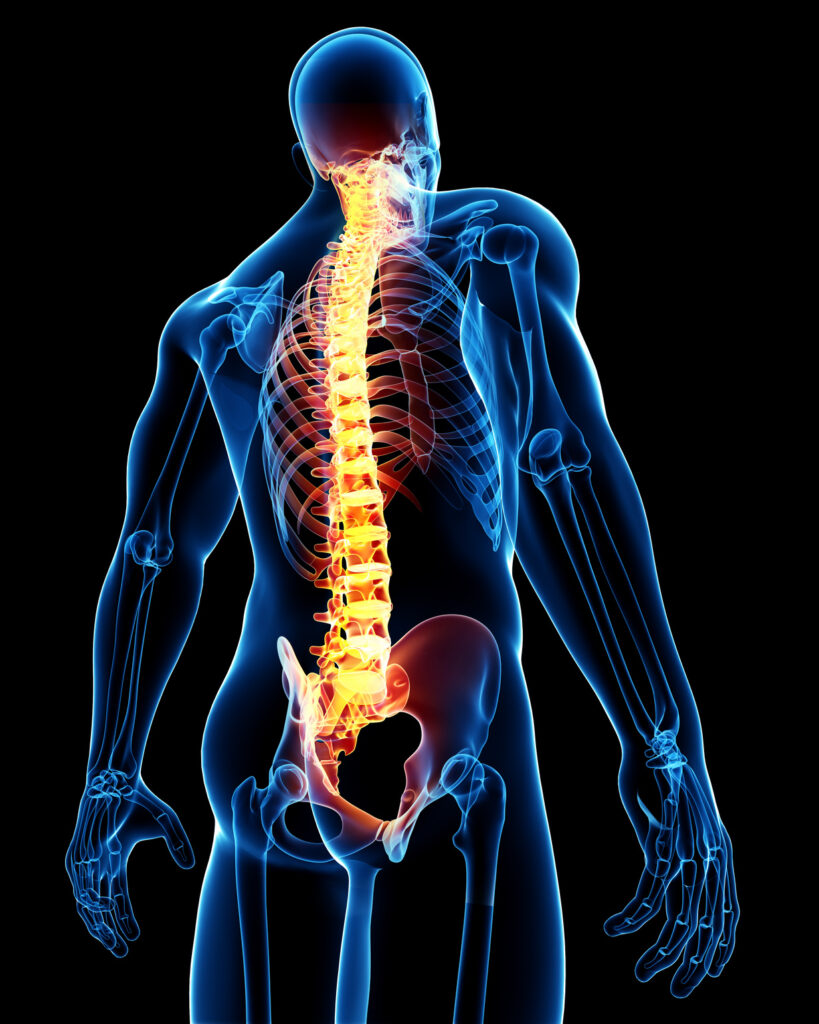Need support? Drop us an email

Physiotherapists at Craniaa are helping people with spinal cord injuries to get fit, achieve personal rehabilitation goals and receive lifelong care. Dr Goshi and his team are clinical specialist physiotherapists at the Craniaa
Typically, patients lose muscle function and sensation, and autonomic function in various parts of the body is affected.
‘We are interested in finding out what patients can feel, what they can move, how strong their muscles are and if they have any developing stiffness,’
Physiotherapists provide manual therapy and techniques to help patients improve their movement, strengthen muscles and monitor and treat any developing stiffness.
Our remit is to prevent deterioration, increase muscle strength, work on achieving the highest function, and, where possible, encourage neurological improvement.
Some patients have permanent tetraplegia (also known as quadriplegia) or paraplegia, and will need a wheelchair for the rest of their lives.
Exercise education is invaluable to our patients ‘When we first meet them we try to help them have an understanding, so they can make an informed choice, and instil healthy habits early on.’
Some patients can find it difficult to avoid having a sedentary lifestyle, as exercising can be challenging. Fitness is a big issue for most, because it’s very hard to keep fit as a wheelchair user.. Meanwhile, medical advances mean patients live longer than in the past, and are susceptible to secondary conditions such as diabetes, heart disease and obesity.
In response Craniaa uses the latest technology to help improve patients’ fitness, wellbeing and participation. We use the Universal Exercise Unit to design exercise programs that are assisted or use weights as resistance. The flexibility the UEU offers is invaluable in allowing our patients to train their affected and unaffected limbs, in other words their whole body. We use Functional electrical stimulation which allows people with spinal cord injuries to stretch their exercise thresholds. If you don’t have any activity in your lower limb muscles, reaching that threshold is really difficult, if not impossible for some people. By using electrical impulses patients can exercise big muscle groups simultaneously and give the heart and lungs a proper workout.’
As well as special bikes, we use assistive technology including active and passive ergometers, hoisted treadmill walking, dropped foot stimulators and a range of standing and exoskeleton devices. Exercise equipment such as the MOTOmed bike and upper limb machine help patients to set their own goals and gives them immediate feedback on performance. At Craniaa we are grateful that charitable funding means we can provide patients with access to such equipment.
At present Craniaa is fund raising for new technology for our gait development programme.

Need support? Drop us an email
We are open on
Copyright © 2022 Craniaa Neuro Rehab Centre
Designed & Developed by AdMedia Technologies